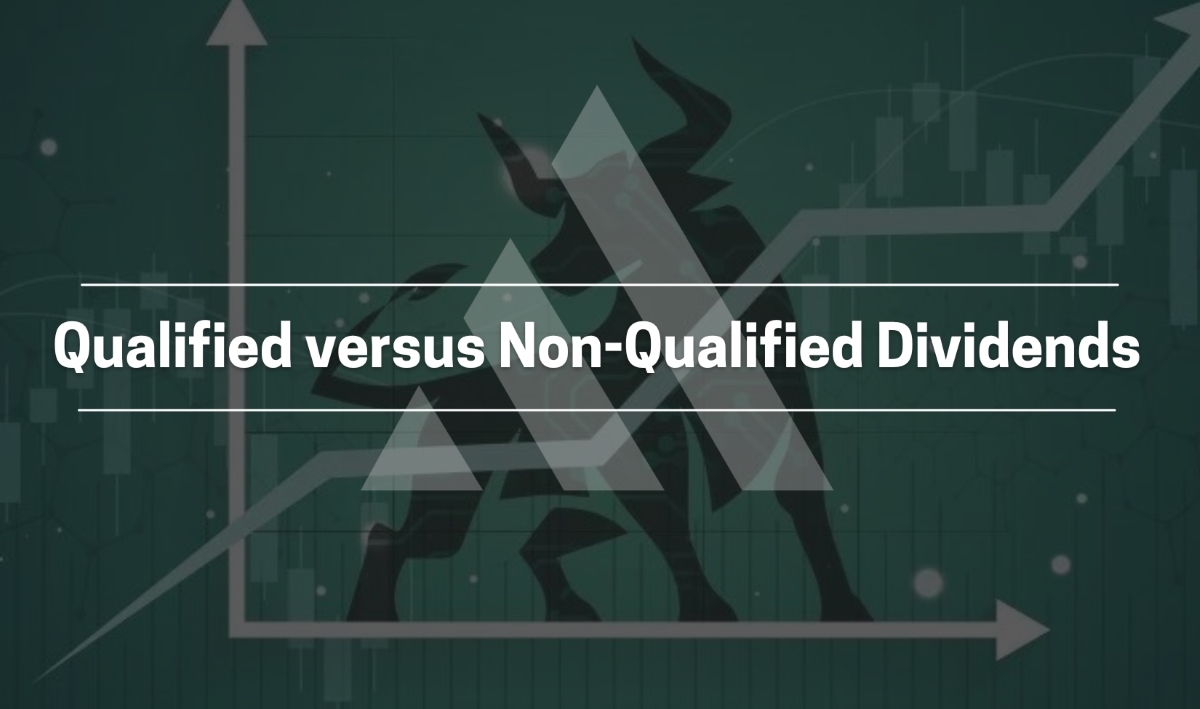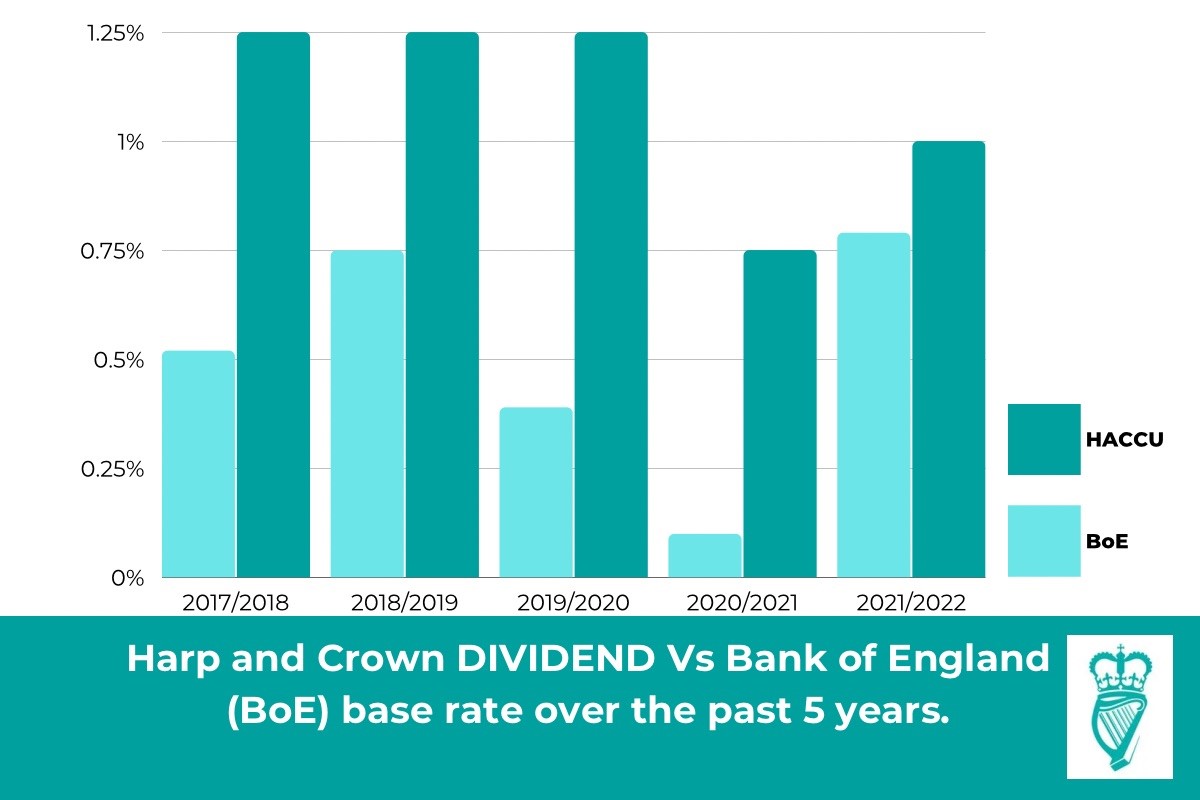

Finance
What Are Non-Qualified Dividends?
Published: January 3, 2024
Learn about non-qualified dividends in finance. Gain insights on how these dividends affect your investment portfolio and tax obligations.
(Many of the links in this article redirect to a specific reviewed product. Your purchase of these products through affiliate links helps to generate commission for LiveWell, at no extra cost. Learn more)
Table of Contents
Definition of Non-Qualified Dividends
When it comes to investing in stocks or mutual funds, dividends are a common way for investors to earn income. Dividends are a portion of a company’s profits that are distributed to its shareholders. However, not all dividends are treated the same when it comes to taxation. Non-qualified dividends are a specific type of dividend that does not meet certain criteria to be considered as qualified dividends.
In order for a dividend to be classified as a qualified dividend, it must meet certain requirements set by the Internal Revenue Service (IRS). These requirements pertain to factors such as the holding period of the stock, the type of company issuing the dividend, and the taxpayer’s income level. If a dividend does not meet these requirements, it is considered a non-qualified dividend.
Non-qualified dividends are typically paid by real estate investment trusts (REITs), master limited partnerships (MLPs), and foreign companies. These types of dividends are often subject to higher tax rates compared to qualified dividends.
Unlike qualified dividends, which are eligible for the favorable tax rates applicable to long-term capital gains, non-qualified dividends are generally taxed at the ordinary income tax rate. This means that the tax rate applied to non-qualified dividends may be higher, potentially resulting in a larger tax liability for the investor.
It is important for investors to be aware of the difference between qualified and non-qualified dividends, as it can have a significant impact on their tax liabilities. By understanding the characteristics and tax treatment of non-qualified dividends, investors can make informed decisions about their investment portfolios and effectively manage their tax obligations.
Key Differences Between Qualified and Non-Qualified Dividends
Qualified and non-qualified dividends are two distinct types of income generated from investments, and understanding the differences between them is crucial for investors. Here are the key distinctions between qualified and non-qualified dividends:
- Tax Treatment: One of the primary differences between qualified and non-qualified dividends is how they are taxed. Qualified dividends are subject to long-term capital gains tax rates, which are typically lower than ordinary income tax rates. On the other hand, non-qualified dividends are taxed at the higher ordinary income tax rates, which can result in a larger tax liability for investors.
- Requirements: Qualified dividends must meet certain requirements to qualify for the preferential tax treatment. These requirements include the length of time the stock was held and the type of company issuing the dividend. Non-qualified dividends do not meet the criteria set by the IRS and, therefore, do not qualify for the lower tax rates.
- Investment Types: Qualified dividends are commonly paid by domestic corporations and certain qualifying foreign corporations. Non-qualified dividends, on the other hand, are typically paid by real estate investment trusts (REITs), master limited partnerships (MLPs), and foreign companies. It’s important to note that not all dividends from these investment types are automatically considered non-qualified; they must still meet the specific criteria to receive that classification.
- Tax Reporting: Another difference between qualified and non-qualified dividends lies in the way they are reported on tax returns. Qualified dividends are reported on Form 1099-DIV, while non-qualified dividends are reported in other income categories on the tax return. It is important for investors to accurately report their dividend income to avoid any potential tax implications.
Understanding these key differences between qualified and non-qualified dividends can help investors make informed decisions about their investment strategy and effectively manage their tax obligations. By considering the tax treatment, requirements, investment types, and reporting guidelines, investors can optimize their returns and maximize tax efficiency.
Taxation of Non-Qualified Dividends
When it comes to the taxation of non-qualified dividends, there are certain rules and guidelines that investors need to be aware of. Unlike qualified dividends, which benefit from lower long-term capital gains tax rates, non-qualified dividends are subject to taxation at ordinary income tax rates.
The tax rate applied to non-qualified dividends is determined by the investor’s income level and tax bracket. Generally, the higher the income, the higher the tax rate on non-qualified dividends. This means that individuals in higher tax brackets may face a larger tax liability on their non-qualified dividends compared to those in lower tax brackets.
It’s important to note that non-qualified dividends are typically reported on Form 1099-DIV and are included as part of the investor’s total income on their tax return. The amount of non-qualified dividends received throughout the year should be accurately reported to ensure compliance with IRS regulations.
In addition to ordinary income tax rates, investors may also be subject to Medicare surtax on their non-qualified dividends. This surtax is an additional 3.8% tax imposed on certain types of investment income, including non-qualified dividends, for individuals whose income exceeds specific thresholds.
It’s worth mentioning that some states may have their own tax rules regarding non-qualified dividends. While federal taxation applies to all investors across the United States, state tax rates and regulations can vary. It’s important for investors to consult with a tax professional or review the specific rules for their state to understand how non-qualified dividends are taxed at the state level.
Overall, understanding the taxation of non-qualified dividends is essential for investors to accurately calculate their tax liabilities and effectively plan their investment strategies. By considering the ordinary income tax rates, Medicare surtax, and state-level tax regulations, investors can make informed decisions and optimize their tax efficiency.
Impact of Non-Qualified Dividends on Tax Liability
Investing in stocks and mutual funds can be a profitable endeavor, but it’s important for investors to understand the impact that non-qualified dividends can have on their tax liability. Unlike qualified dividends, which benefit from lower long-term capital gains tax rates, non-qualified dividends are taxed at ordinary income tax rates. This can significantly impact an investor’s overall tax liability.
One of the key factors that determine how non-qualified dividends impact tax liability is the investor’s income level. Ordinary income tax rates are progressive, meaning they increase as income levels rise. If an investor receives a significant amount of non-qualified dividends, it could push them into a higher tax bracket, resulting in a higher tax liability.
For example, let’s say an investor has a total income of $75,000, placing them in the 22% tax bracket. If they receive $5,000 in non-qualified dividends, those dividends will be taxed at the ordinary income tax rate of 22%, resulting in a tax liability of $1,100. However, if those dividends were qualified dividends, they could be taxed at the lower long-term capital gains tax rate, potentially reducing the tax liability.
In addition, non-qualified dividends can also impact other aspects of an investor’s tax situation. For example, if an investor receives a significant amount of non-qualified dividends, it could affect their eligibility for certain tax credits and deductions. This could result in a higher overall tax liability.
It’s important for investors to keep track of their non-qualified dividends and accurately report them on their tax return. Failure to do so can result in penalties and additional taxes owed. Utilizing tax professionals or tax software can help ensure accurate reporting and optimize tax efficiency.
Furthermore, investors can explore strategies to manage their non-qualified dividends and minimize their overall tax liability. One approach is to consider tax-efficient investment vehicles like individual retirement accounts (IRAs) or tax-deferred retirement plans. By strategically allocating investments and managing dividend income, investors may be able to reduce their taxable income and mitigate the impact of non-qualified dividends on their tax liability.
Understanding the impact of non-qualified dividends on tax liability is crucial for investors. By considering income levels, tax brackets, and the potential effects on other tax elements, investors can make informed decisions to optimize their tax efficiency and effectively manage their tax liability.
Examples of Non-Qualified Dividends
Non-qualified dividends can arise from various types of investments, including real estate investment trusts (REITs), master limited partnerships (MLPs), and foreign companies. Here are some examples of non-qualified dividends:
- REITs: Real estate investment trusts are entities that own and operate income-generating properties such as office buildings, shopping centers, and apartment complexes. REITs are required to distribute a significant portion of their taxable income to shareholders in the form of dividends. These dividends are generally classified as non-qualified dividends.
- MLPs: Master limited partnerships are business entities that operate in the energy sector, particularly in the oil and gas industries. MLPs pass through a significant portion of their profits to their investors and generate income in the form of dividends. These dividends are typically considered non-qualified dividends.
- Foreign Companies: Dividends received from foreign corporations often fall under the category of non-qualified dividends. This is because the criteria for qualifying dividends set by the Internal Revenue Service (IRS) apply primarily to domestic corporations and certain qualifying foreign corporations.
- Non-Qualifying Holding Period: Dividends received on certain stocks held for less than the required holding period do not qualify as qualified dividends. For example, if an investor sells a stock within 60 days of the ex-dividend date, any dividends received on that stock will be considered non-qualified dividends.
- Dividends from Certain Financial Products: Some financial products, such as certain exchange-traded funds (ETFs) and mutual funds that invest in non-qualifying assets, may distribute non-qualified dividends. It is important for investors to review the prospectus or consult with a financial advisor to determine the nature of the dividends from such products.
It’s important for investors to be aware of the different sources of non-qualified dividends to accurately calculate their tax liabilities and effectively plan their investment strategies. While non-qualified dividends may be subject to higher tax rates compared to qualified dividends, they can still play a valuable role in generating income and diversifying an investment portfolio.
Strategies for Managing Non-Qualified Dividends
Managing non-qualified dividends effectively is essential for investors looking to optimize their tax efficiency and maximize their investment returns. Here are some strategies to consider:
- Tax-Efficient Investment Vehicles: Consider utilizing tax-efficient investment vehicles such as individual retirement accounts (IRAs) or tax-deferred retirement plans. By allocating investments within these accounts, investors can potentially defer taxes on non-qualified dividends and other investment income, helping to reduce their current tax liability.
- Diversify Investment Portfolio: Diversifying your investment portfolio can help mitigate the impact of non-qualified dividends on your overall tax liability. By spreading investments across different asset classes, sectors, and geographic regions, you can potentially offset non-qualified dividends with other investment income and potentially lower your tax liability.
- Tax-Loss Harvesting: Consider utilizing tax-loss harvesting to offset capital gains from non-qualified dividends. By strategically selling investments that have declined in value and realizing capital losses, you can offset capital gains and potentially reduce your tax liability on non-qualified dividends.
- Dividend Reinvestment Plans (DRIPs): Consider enrolling in dividend reinvestment plans offered by companies that pay non-qualified dividends. With DRIPs, dividends received are automatically reinvested back into the company’s stock, allowing for potential compounding growth and deferring taxes on the dividends until they are eventually sold.
- Mindful Asset Location: Location of assets can play a crucial role in managing non-qualified dividends. By investing tax-inefficient assets such as REITs or high-yield bond funds in tax-advantaged accounts, investors can potentially minimize the impact of non-qualified dividends on their taxable income.
- Tax Planning: Working with a tax professional can help investors develop comprehensive tax planning strategies to effectively manage non-qualified dividends. A tax professional can provide guidance on tax-efficient investment strategies, deductions, and credits that can help optimize tax efficiency and minimize tax liability.
It’s important for investors to understand the potential impact of non-qualified dividends on their tax liabilities and to explore strategies that align with their financial goals. By implementing these strategies, investors can effectively manage non-qualified dividends and optimize their overall investment returns while minimizing their tax liabilities.














